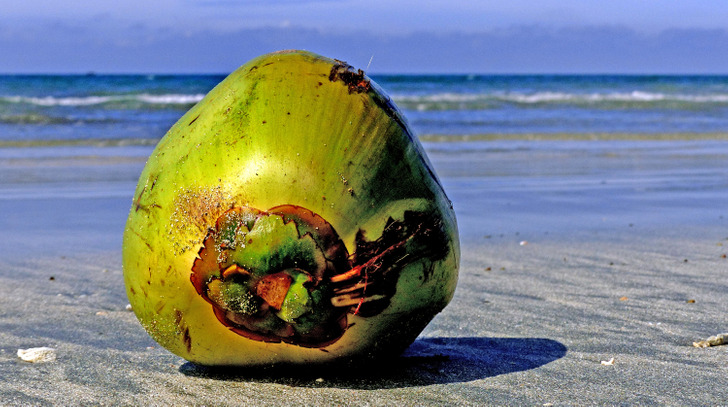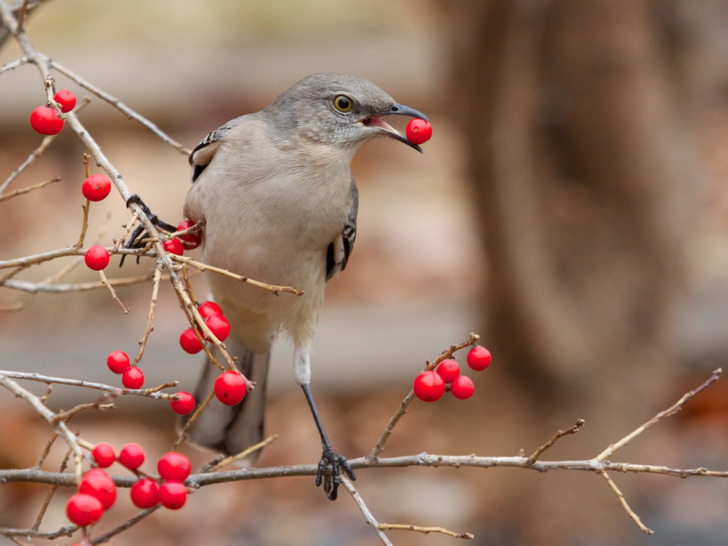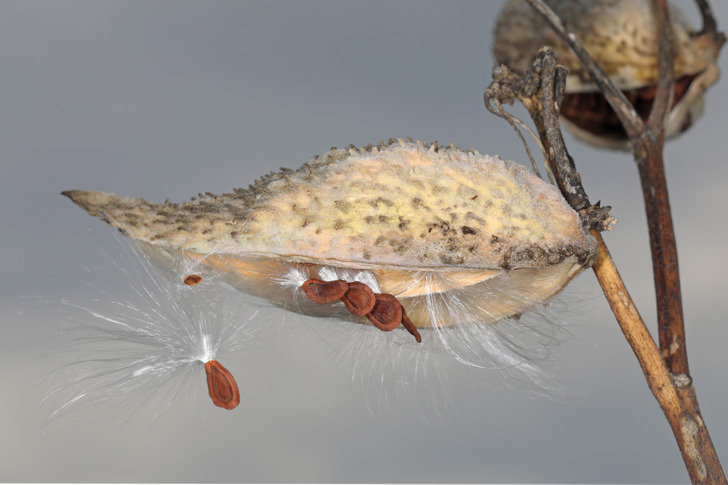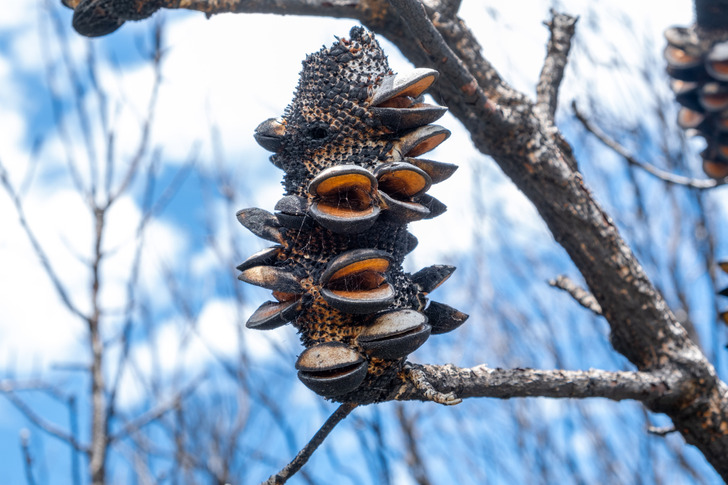5 Ways Nature Uses to Spread Seeds and Make Our Planet Green Again
The survival of plant species depends largely on seed dispersal. If the seed just falls under the mother plant, young specimens will grow too close together. So they will not be able to get enough light, water, and nutrients. Various mechanisms of seed dispersal help plants cover large distances and not compete with each other for valuable resources.
5-Minute Crafts has prepared a guide to the most common ways nature uses for seed dispersal.
Air
Air is one the most common means of seed travel. Here the seeds are blown by the wind and land everywhere. The plants have to produce lots of seeds to increase the chances of their landing in suitable places.
Examples. Dandelion or cottonwood tree seeds are very light and surrounded by soft feathery fibers. The wind can carry them long distances. Maple and kauri seeds have special “wings” that help them flutter to the ground.
Water
Many coastal plants use water as a means of seed dispersal. The seed falls from the mother plant and floats away. They may dig themselves into the ground at low tide or float long distances.
Examples. Coconut fruits are resistant to water. They are filled with enough nutrients to save the future plant for months. This is how coconut trees successfully spread on distant islands. Mangrove trees have long, narrow seeds that can survive in salt water for up to a year. They float upright and rapidly root on suitable soil.
Animals
Plants with delicious fruit rely on animals and birds to eat them and disperse their seeds. Some of them use a simple strategy: the animal eats the fruit, and the seed falls down. The seeds of some other plants need to pass through the digestion apparatus to sprout.
Some seeds are equipped with barbs or hooks or a sticky surface. They catch on the animal’s fur and travel away from the mother plant. Humans also help seed dispersion as seeds can stick to their clothes.
Examples. The blackberries’ hard seeds must pass through birds’ stomachs before they can properly grow. The coat of the seed becomes worn out in the bird’s stomach because of the friction. This process helps to “awaken” the seed.
Cherries have hard seed coats. Stomach acids and enzymes weaken the hard coat and make it more water penetrable. Lesser burdock plants have incurved hooks on the seeds. They grab the hair of animals passing by which helps them spread around vast territories.
Explosion
This means of seed dispersal doesn’t mean an actual explosion is happening. Some plants have pods with seeds that dry out when the seeds ripen. Then the pods split open to release the seeds. Sometimes one can hear the sound of a pod “explosion.”
Examples. Peas, flax, and gorse are common examples of these plants. Chinese witch hazel is known due to its ability to “shoot” seeds. This plant can fire seeds up to 18 meters at more than 12 meters per second.
Fire
Plants can’t save themselves from fire, but some species have a special method of seed dispersion. Thanks to this method, their seeds can survive and sprout. Some of them need the heat from fire to release their seeds. Others need to interact with certain chemicals from the fumes and charred plants to break their dormancy.
Examples. Banksia and lodgepole pine have fruits or cones covered by resin. The seeds can be released only after the heat of the fire melts down the resin.




